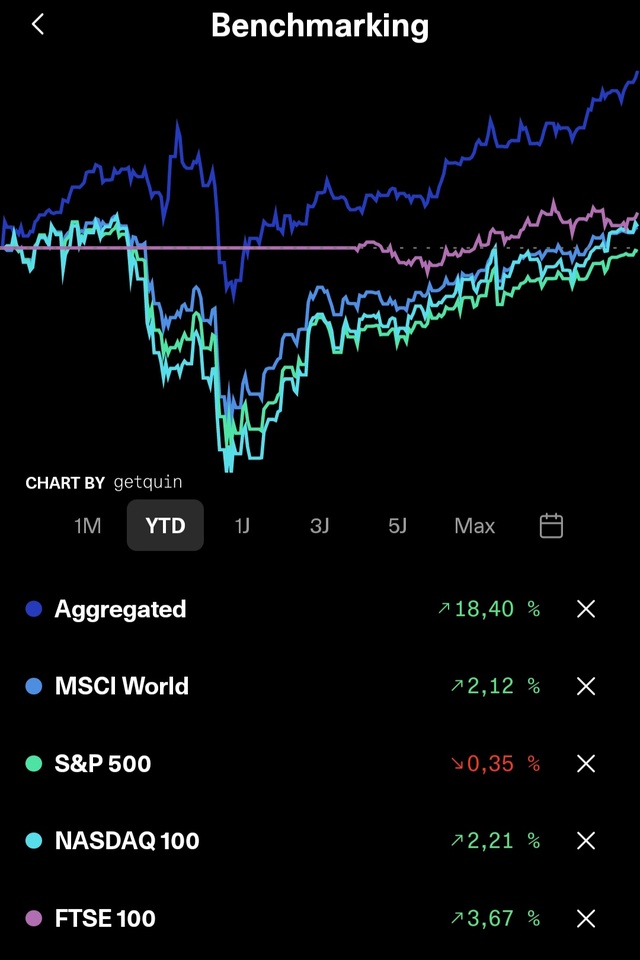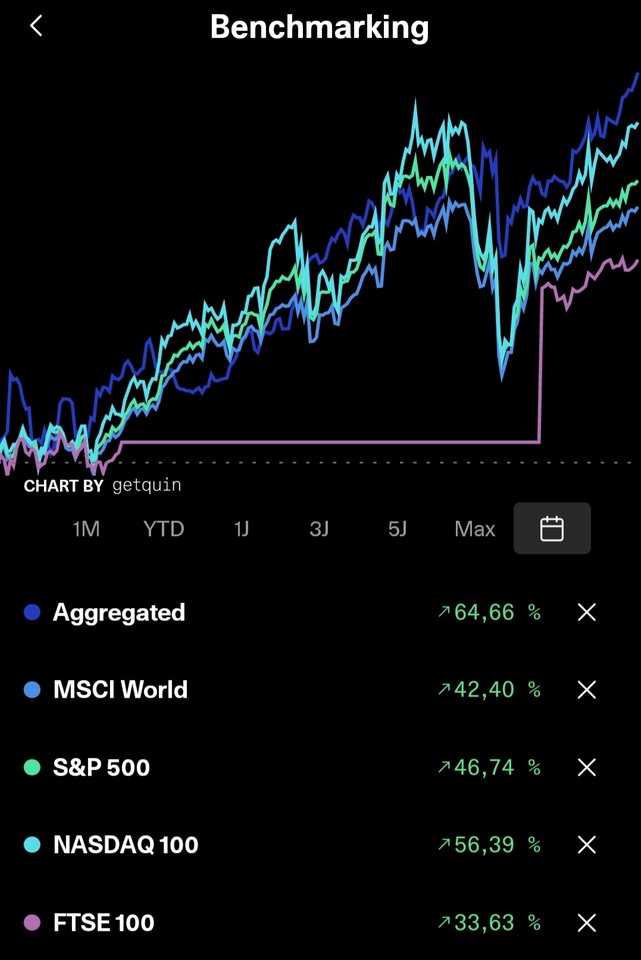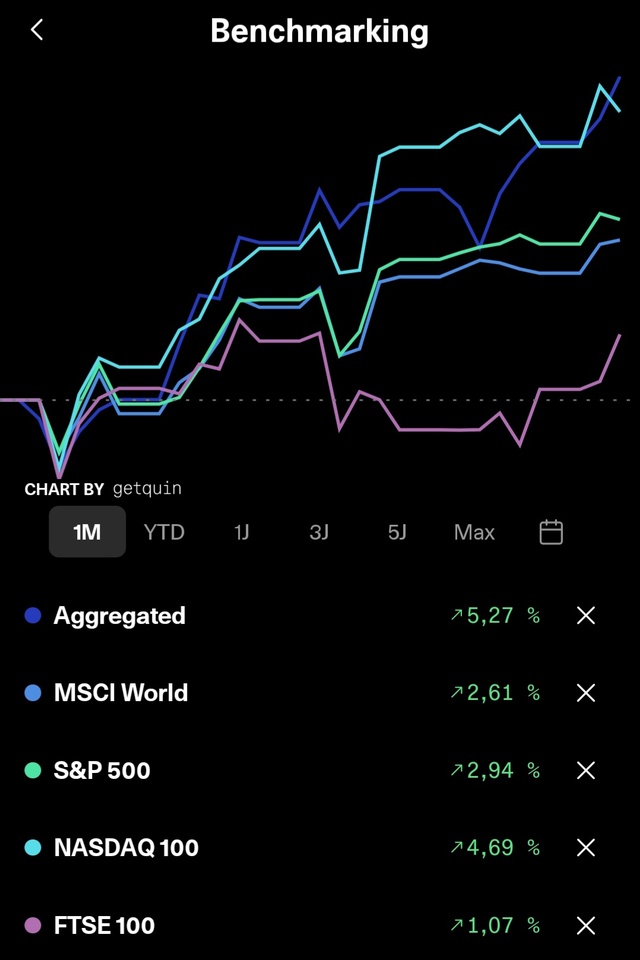...just 3 months ago the 3rd milestone of 20k was reached earlier than expected, last month we also raised our personal year-end forecast from 23k-25k to 25k-28k and now, 1 month later, we are pleased to have to raise it again.
The new target is now 27k-30k and should the upper limit be reached here, the last 10k would be realized in just 6 instead of 10-12 months.
Some people may smile at this numerical example, but this is still a boring dividend portfolio 🤫
...but a quick look at the facts...
...September, even if it wasn't my strongest month, delivered average results in contrast to the past, but we probably owe that more to the April🍊 correction than to the usual course of events...
...for the year as a whole, as I mentioned at the beginning, things are still looking pretty good...
...and more than satisfactory over the entire term so far 🫠
Above all, however, because the currently forecast dividend value for 2026 is mathematically a good ~27% of the average annual investment amount or, to put it another way, this increases by a good ~27% on its own (without taking into account any increases/caps) 💪🏻
Which brings us to the topic of dividends...
...September was a good month and, despite the still modest portfolio value, brought us a monthly dividend of €275.42 net (gross €298.99) for a good reinvest 🤑
There was also a small change to the portfolio itself this month:
》🟢 Top 3
$3750 (+0,72 %) +35,19% (+74,45%)
$HSBA (-0,07 %) +9,41% (+23,42%)
$RIO (+0,89 %) +4,91% (+5,95%)
》🔴 Flop 3
$HAUTO (+0,53 %) -8,32% (+44,10%)
$BATS (-0,15 %) -6,64% (+80,26%)
$1211 (-0,95 %) +1,28% (-16,36%)
》Disposals
$PETR4 (-2,56 %)
$JEGP (+0,16 %)
》Additions
$DTE (+0,51 %)
$WINC (+0,14 %)
》Increased
$DTE (+0,51 %)
$VAR (-0,84 %)
All in all, a good look back at the future 📈
Wishing everyone a nice rest of Sunday and a good UPtober together ✌🏻




















